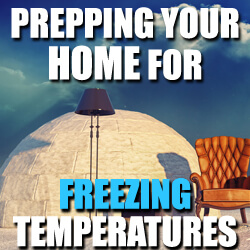Winter is a beautiful time of the year, but with that beautiful snow comes freezing temperatures that can cause serious problems for your home if you aren’t adequately prepared. Don’t fret just yet, however. While there are many different ways that freezing temperatures can affect your home, there’s a way to prepare your property for each and every anticipated problem.
In this guide to prepping your home for freezing temperatures, you’ll learn about the 4 most common problems that occur in a home during the winter and how to prevent them from happening. Let’s get started with the most common problem for homeowners in the winter: frozen pipes.
Frozen Pipes & Pipe Bursts
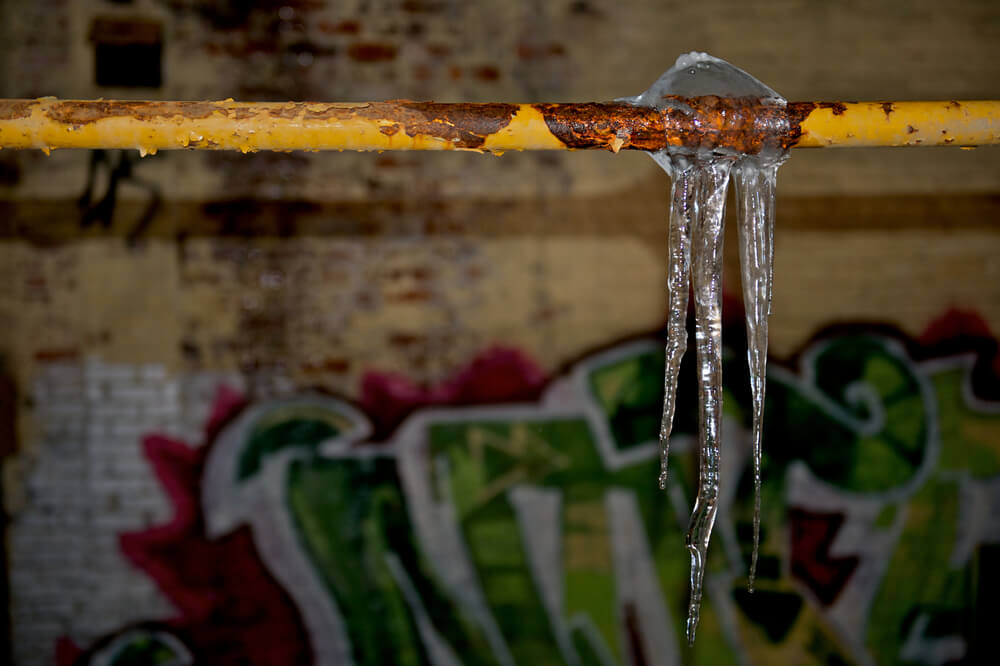 Frozen pipes and pipe bursts during the winter are a common home problem with a simple explanation: cold water expands. And when it does, that cold water traveling through a metal pipe can easily cause it to freeze, especially if the water isn’t moving very fast or the pipes are located in an area of the home that is extremely cold. Freezing temperatures coming from both sides of the pipe will cause the pipe to freeze and, eventually, the water within the pipe. This can cause a domino effect of household problems including not being able to access water in your home because solid ice in your pipes is preventing it from getting to the faucet.
Frozen pipes and pipe bursts during the winter are a common home problem with a simple explanation: cold water expands. And when it does, that cold water traveling through a metal pipe can easily cause it to freeze, especially if the water isn’t moving very fast or the pipes are located in an area of the home that is extremely cold. Freezing temperatures coming from both sides of the pipe will cause the pipe to freeze and, eventually, the water within the pipe. This can cause a domino effect of household problems including not being able to access water in your home because solid ice in your pipes is preventing it from getting to the faucet.
Additional problems arise when pipes carrying cold water, which are usually made of metal or plastic, do not expand along with it. As pressure continues to builds up, the piping can only take so much and may eventually burst, leading to water damage or a flooded home. Luckily for homeowners, there are several different ways that you can prepare your pipes and plumbing to ensure that they don’t freeze or burst.
For example, the Red Cross suggests insulating pipes as the best way to prevent freezing pipes and pipe bursts: “Consider installing specific products made to insulate water pipes like a ‘pipe sleeve’ or installing UL-listed ‘heat tape,’ ‘heat cable,’ or similar materials on exposed water pipes.” There are even solutions for the most thrifty of homeowners. If you’re tight on a budget, you can also use cheap materials like newspaper to wrap your pipes. According to the Red Cross, “even ¼” of newspaper can provide significant protection in areas that usually do not have frequent or prolonged temperatures below freezing.” Whether it’s protecting your pipes or heating your house, it’s clear that insulation is an essential component of proper home preparation for the winter.
Home Insulation & Attic Condensation
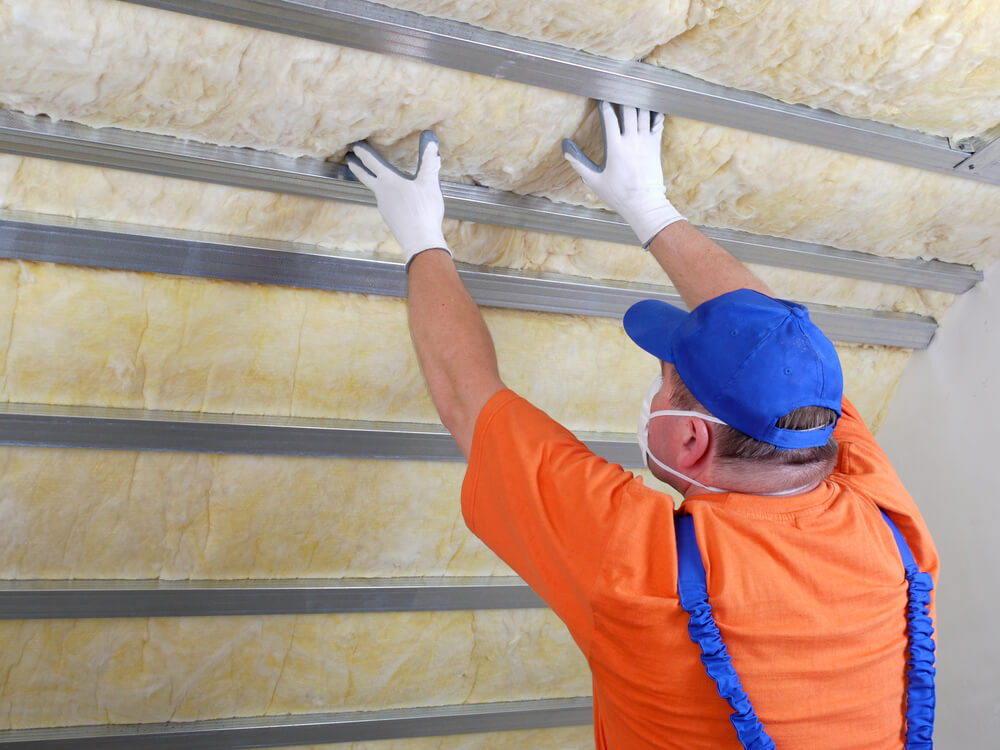 Homeowners like to keep our homes nice, warm, and toasty throughout the winter so that we can escape the harshness of the cold weather happening around us. Home insulation is a huge factor in this heating process as its primary job is to trap heat within your home so that your heating system doesn’t have to constantly be making new hot air. Unfortunately, your insulation can also be one of the most negatively-affected parts of your home during winter months. Condensation can build up in your insulation which can decrease its effectiveness, causing your in-home temperatures to drop and your energy bill to skyrocket due to an overworked heater.
Homeowners like to keep our homes nice, warm, and toasty throughout the winter so that we can escape the harshness of the cold weather happening around us. Home insulation is a huge factor in this heating process as its primary job is to trap heat within your home so that your heating system doesn’t have to constantly be making new hot air. Unfortunately, your insulation can also be one of the most negatively-affected parts of your home during winter months. Condensation can build up in your insulation which can decrease its effectiveness, causing your in-home temperatures to drop and your energy bill to skyrocket due to an overworked heater.
Attic condensation occurs when warm air traps water vapor, which rises to the attic, condenses on the attic’s rafters and roof sheathing, and then, drips into the insulation. In addition to high energy bills and poor insulation, you can also expect other problems like water damage, mold buildup, and paint damage when the condensation begins to leak from the attic into the inhabited rooms of your home.
To prevent attic condensation this winter, you’ll want to take several preventative steps for your home starting with ensuring that your attic is properly insulated. For instance, if your attic’s temperature stays relatively close to the temperature of the rest of your home, condensation is less likely to occur. 911 Restoration also recommends sealing any air leaks in your home or attic and reducing excess sources of moisture. This includes avoiding using methods of cooking that create large amounts of steam, replacing inefficient appliances, limiting use of humidifiers, and storing firewood outside of the house. And while you’re outdoors, check your roof gutters for this next common winter problem.
Home Gutters & Ice Dams
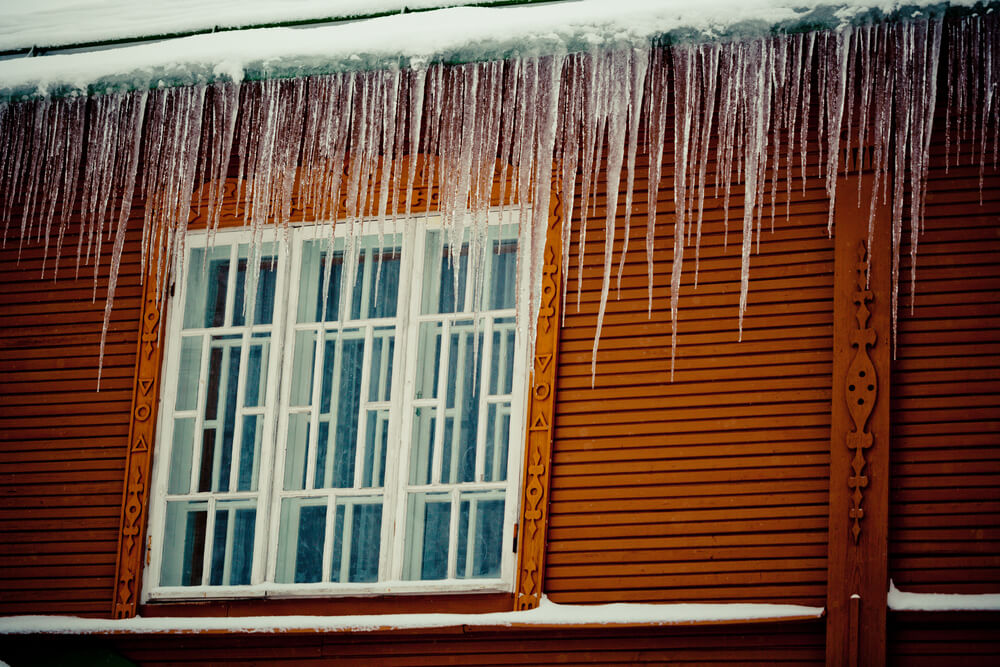 Ice dams are easy to spot because they’re often marked by the formation of icicles on the edge of your home’s gutters. And while icicles are beautiful, they’re usually a sign that there’s trouble on the horizon. According to This Old House, “the same conditions that allow icicles to form — snow-covered roofs and freezing weather — also lead to ice dams: thick ridges of solid ice that build up along the eaves.” Once ice dams form your gutters and shingles can be pulled off or displaced, causing water to leak into your home and often leading to water damage.
Ice dams are easy to spot because they’re often marked by the formation of icicles on the edge of your home’s gutters. And while icicles are beautiful, they’re usually a sign that there’s trouble on the horizon. According to This Old House, “the same conditions that allow icicles to form — snow-covered roofs and freezing weather — also lead to ice dams: thick ridges of solid ice that build up along the eaves.” Once ice dams form your gutters and shingles can be pulled off or displaced, causing water to leak into your home and often leading to water damage.
Luckily, roof ice dams are actually fairly easy to prepare for. Your goal as a homeowner should be to keep the roof and the eaves of your house the same temperature. One temporary solution to do this is by installing heated cables. By placing heated cables on the edge of the roof, you’ll be able to “equalize your roof’s temperature by heating it from the outside instead of blowing in cold air from the inside,” states This Old House.
Ice dams can also be prevented by making sure that you attic is properly insulated. By keeping heat where it’s supposed to be, you can keep the temperature of the roof consistent which will prevent the heating-and-cooling affect that eventually leads to the ice dams forming in your gutters outside. And while you’re probably not planning on spending too much time outside in general during the winter months, it’s still a good idea to do what you can do avoid ice dams forming as well as outdoor faucets freezing.
Water Supply Problems & Frozen Faucets
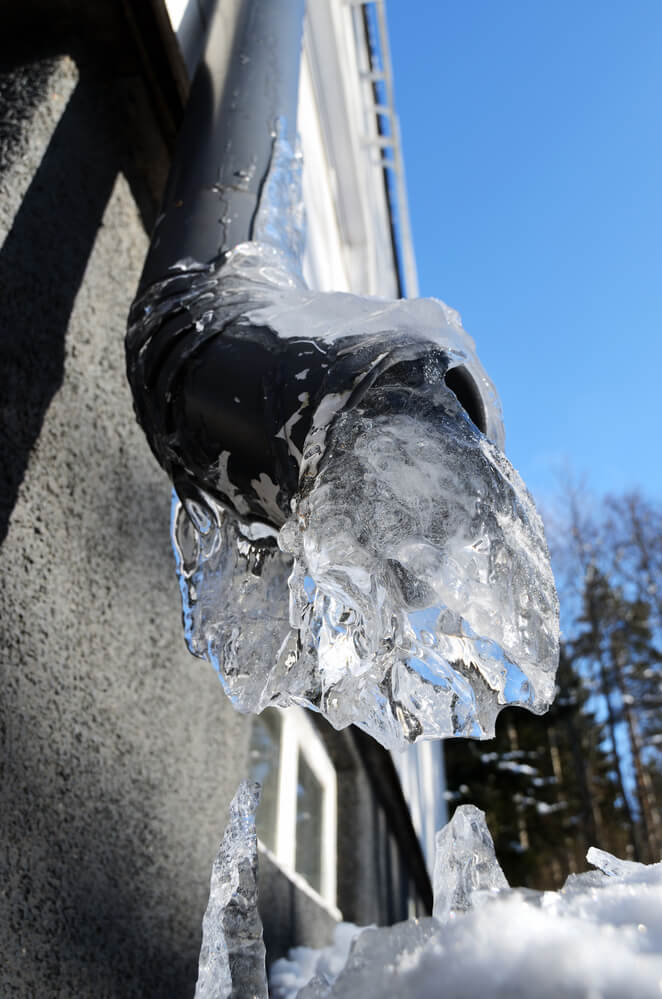 Frozen outdoors faucets can lead to more complicated, dangerous problems for your home such as issues with the water supply reaching the rest of your house. If one of your outside faucets becomes frozen, it is possible for both adjacent connecting pipes outside and inside faucets to freeze and become dysfunctional.
Frozen outdoors faucets can lead to more complicated, dangerous problems for your home such as issues with the water supply reaching the rest of your house. If one of your outside faucets becomes frozen, it is possible for both adjacent connecting pipes outside and inside faucets to freeze and become dysfunctional.
To prevent your outdoor faucets from freezing, we recommend homeowners start by disconnecting garden hoses from outside faucets and storing them away for the winter. This will prevent residual water left in the hose from freezing and causing the faucet to freeze as well.
We also highly recommend winterizing your outdoor faucets’ sill-cocks by turning off the water supply to these faucets and then draining them. Once drained, screw the faucet head tightly back on and turn off the outside faucet.
From Freezing Temperatures to a Fresh Start
Armed with these tips for prepping your home for freezing temperatures, we hope you’re feeling confident about heading into the freezing winter months. And if you find yourself with frozen pipes or burst pipes despite using this home preparation guide, let 911 Restoration help you with your water damage. Or, feel free to give us a call at (877) 488-7988 for a fresh start!


